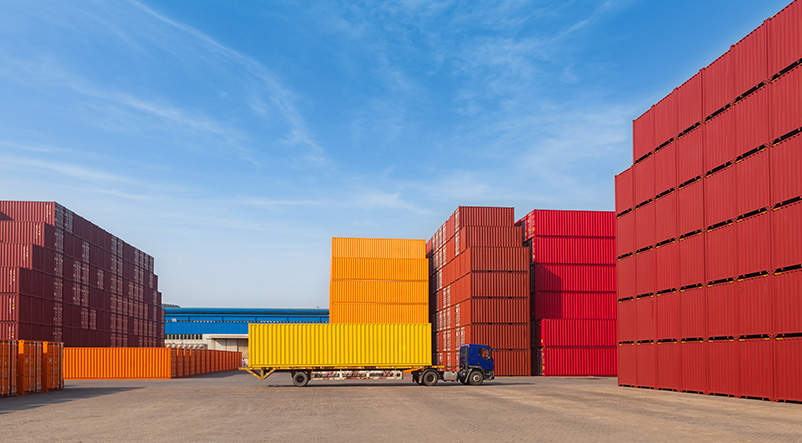
Unsustainable Global Debt: Roadmap for Strategic Asset Allocation
This white paper examines the etiology of the mounting debt crisis and the path toward monetary and fiscal policy experimentation that likely lies ahead.
A feature article from our U.S. partners.
Originally published in March 2021.
Highlights
- A confluence of political, economic, and social forces has both fostered and enabled the use of debt as a panacea for economic ills. Global levels of debt to gross domestic product (debt/GDP) are already unprecedented, are poised to rise significantly during the next decade, and are ultimately unsustainable.
- Prudent long-term investment governance must explicitly consider the impact of rising debt on capital market prices, as well as possible “endgame” scenarios.
- As policymakers engage in even greater monetary and fiscal policy experimentation, winners and losers become heavily linked to policy choices.
- Past episodes of high sovereign debt often resulted in greater inflation. Bolder policies, amid circumstances that have changed significantly over the past decade, are likely to generate a higher probability of inflationary outcomes.
- Reflationary policies could take the form of wealth redistribution, industrial policies accompanied by massive fiscal investment, and/or attempts to raise inflation expectations. These choices and the magnitude of the response to them will have profound implications for asset prices and the nature of future market dislocations.
- Investment committees are facing uncomfortable choices in designing long-term strategic allocations. In this report, we offer five specific considerations for achieving the highest degree of diversification while retaining exposure to potential beneficiaries of government policies.





